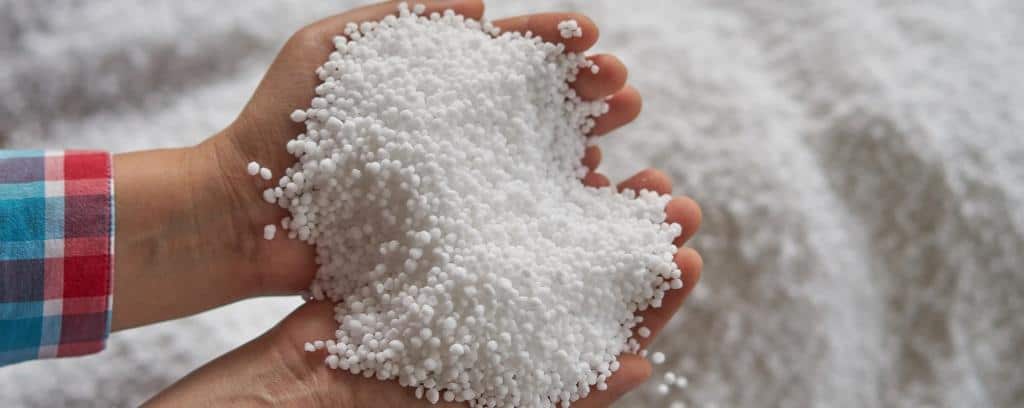Non-synthetic urea is a byproduct of the liver in humans and other mammals (another type of uric acid is produced by birds and reptiles), and is generally excreted as urine.
However, urea is high in nitrogen, one of the necessary elements for plant growth (and one of the major additives in plant fertilizer). Around the middle of the 19th century, scientists found a way to synthetically fabricate organic urea in large quantities, thus providing a way to increase food production for the world’s burgeoning population.

By the end of the 20th century, it was in widespread use and production all over the world. Major producers of urea include the U.S., China, Russia and the Ukraine, Saudi Arabia, Qatar, and a number of other smaller countries.
There are no accurate figures how much is produced worldwide, but it’s certainly in excess of 100 million tons.

Cost of production is between $500 and $5,000 per ton, and I could find no accurate figures on average selling prices.
It is sold under a variety of names: carbomide, carbomide resin, isourea, carbon diamide, carbonyl diamine.


















